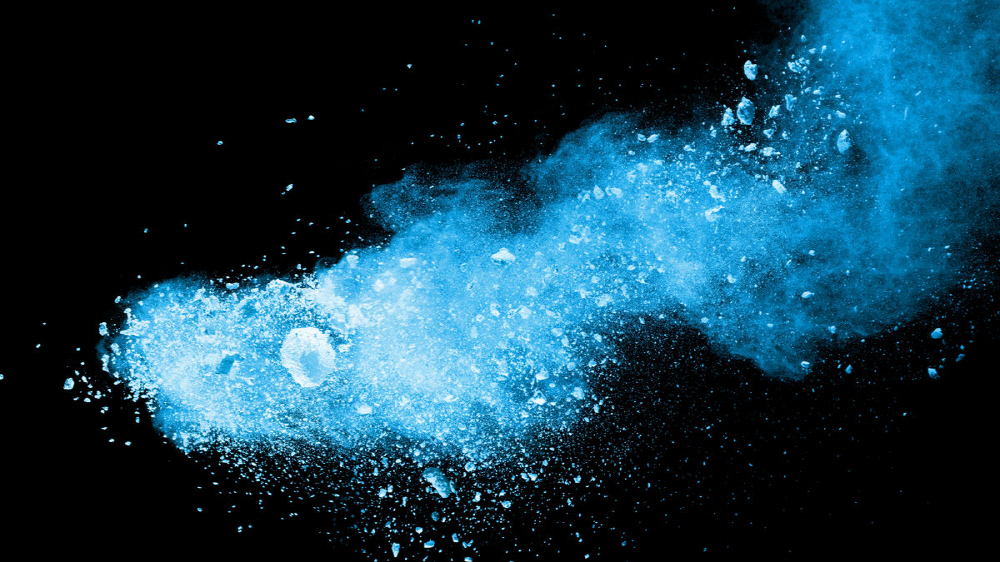
A German research team announced that it had succeeded in cooling a substance close to -273.15 degrees Celsius, which is absolute zero, in August 2021. The temperature is lower than any cold state the researchers have ever created in the lab, so the team is calling it one of the coldest places in the universe.
Absolute zero is the temperature at which a substance, which is thermodynamically expressed in a state in which there is no atomic movement, is the coldest. When it approaches absolute zero, the material exhibits various properties that have not been shown so far, but the most obvious of these is the phenomenon of Bose-Einstein condensation.
Bose-Einstein condensation is called the 5th state of matter after gas, liquid, and solid plasma, and since the material exhibits wave-like properties, the entire group of atoms behaves like one large atom It has become an attractive research topic for physicists in
Scientists working on the Bose-Einstein condensation study have repeated experiments to cool the material as much as possible. However, until now, the atom has moved under the influence of the earth’s gravity, so it has been difficult to create a state in which the atom has stopped, that is, a state close to absolute zero.
A research team from the Leibniz University, Hanover University, and the University of Bremen’s Microgravity Center conducted an experiment in which the material was cooled by free-falling the experimental equipment inside the research facility (Fallturm Bremen). The research team first put 100,000 rubidium atomic gas into a container in a vacuum state, put it in a magnet, lowered the temperature to 2 nanokelvin, and caused Bose-Einstein condensation.
Then, the experimental equipment was free-falling 120 m to make it zero-gravity, and at the same time, the magnetic on-off was switched in the vacuum container. In the absence of a magnetic field, the gas expands, and in the presence of a magnetic field, the gas contracts again. By repeating this quickly, the gas can stop moving and effectively reduce the temperature.
As a result of the experiment, the research team succeeded in lowering the gas temperature to 38 picokelvin. This temperature is lower than the average temperature of the boomerang nebula, which is the coldest in natural outer space, and lower than any cold state record ever achieved in the laboratory. So, the team says they have created the coldest place in the universe.
This experiment is also attracting attention as it was maintained for a long time if the state of near absolute zero was an extreme state of 2 seconds. According to computer simulations conducted by the research team, it is theoretically possible to maintain an ultra-low temperature state for up to 17 seconds by applying the material wave lens technology used this time.
The research team can develop a precise measuring instrument that measures the rotation of atoms or changes in gravity acting on moving atoms as matter undergoes Bose-Einstein condensation, which becomes a wave-like nature, and can further advance research on the basic theory of physics. Related information can be found here.


















Add comment